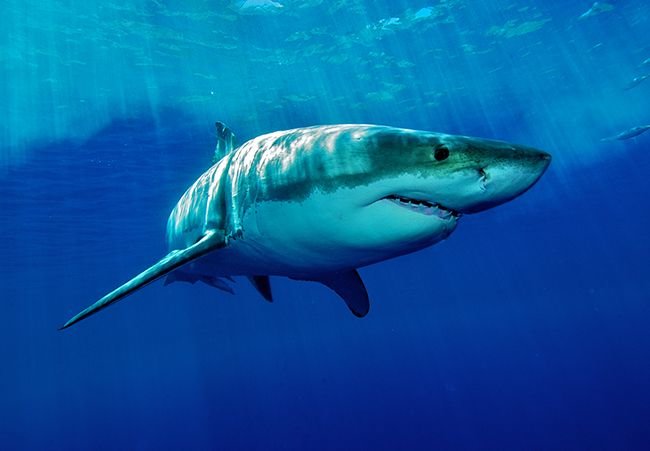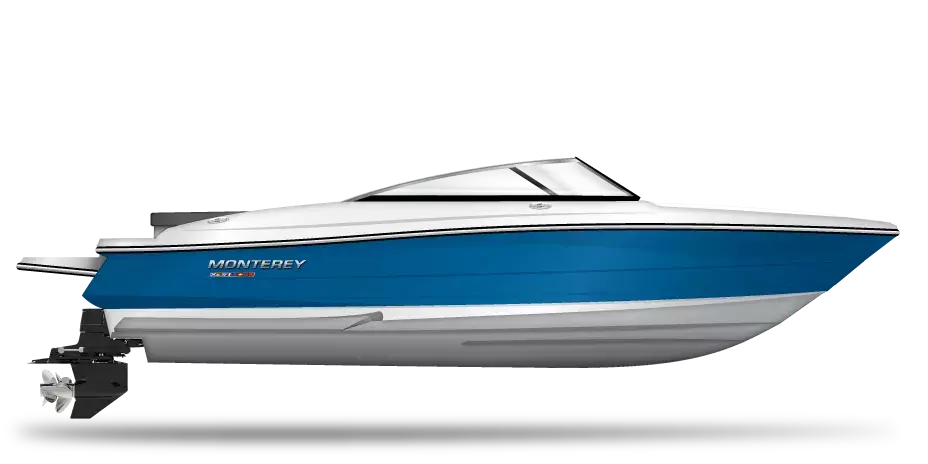The Great White Shark Tagging Project
Summer may be over, which means most of us will probably start cutting back on our trips to the beach—but that doesn’t mean the OCEARCH shark-tagging project will be stopping any time soon!
A few weeks ago, we talked about the great white shark taggings and sightings happening off the US Northeast Coast; in Chatham, Massachusetts, these creatures of the deep were stirring up somewhat of a fan-following! The excitement for the sharks is due in part to shark research organization OCEARCH and its advanced tagging and “pinging” system.
Here’s how it works:
- Researchers from more than 25 institutions, including University of North Florida, Mote Marine Laboratory/Center for Shark Research, and the Georgia Aquarium help to tag great whites with SPOT (Smart Position and Temperature) tags. This process follows the safety standards set by the Institutional Animal Care and Use Committees and doesn’t affect sharks’ normal behaviors, movements, etc.
- Whenever the dorsal fin breaks the water’s surface, the tag’s transmitter locks in with satellites and offers researchers info on the shark’s location.
- This information is recorded and made accessible online through an interactive map. You can also see the shark’s name, gender, weight, total travel and other specs. One shark, Betsy, for example, was recently spotted off the coast of Cape Cod. Another, Cate Ells, was spotted east of the Jersey Shore on September 29th. Enthusiastic followers of the sharks (unaffiliated with OSEARCH itself) have even made several Twitter accounts documenting their favorite creatures’ journeys.
OSEARCH wants late season beachgoers and boaters to know that, while the shark information is incredibly advanced, it isn’t always able to track down sharks by the second because the sharks may move locations without surfacing (which is how their location is “pinged”). But don’t worry—the risk of an actual shark encounter isn’t actually up, it’s just new technology that makes their presence more pronounced. You can keep up with the sharks yourself at www.ocearch.org! It’ll be interesting to see how their movement is affected by the coming cooler months.

Bookmark & Share
User Comments
Be the first to comment on this post below!
Previous Article
Next Article
















